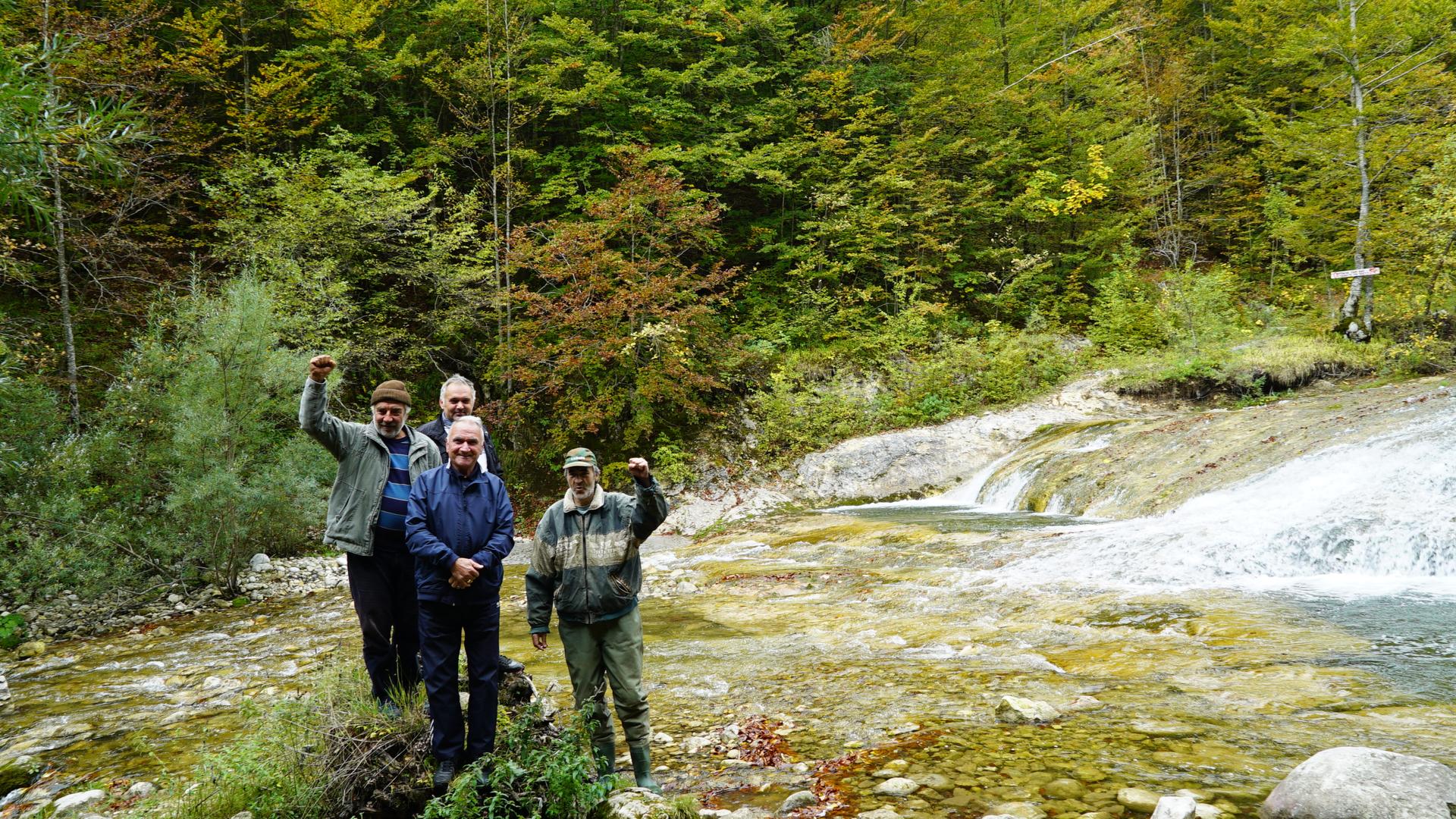Small hydropower plants threaten Montenegro’s last free-flowing rivers in a bid for cleaner energy
Residents campaigned to save the Bukovica river from the harmful effects of a hydropower plant, Šavnik Municipality, Montenegro, Oct. 4, 2019.
In a tiny wooden lodge, in a misty valley in Montenegro, six locals puff away on homemade cigarettes and sip the country’s traditional plum brandy at 11:15 a.m.
There are six glasses on the small table, filled with ice-cold water drawn from their river. It’s that clean.
Montenegro’s rivers are some of Europe’s last free-flowing bodies of water. But they are under threat from small hydropower plants as the country rapidly shifts from a legacy of coal toward cleaner energy.
But renewable energy doesn’t always mean green.
Hydropower plants vary in methods: some channel a portion of the river through a separate segment, while others divert the entirety of the river into pipes, leaving the channel either completely dry or at a minimal level. Both methods impact the river’s ecosystem.
“People think that just because hydropower is renewable that it means it is green, and good for the environment,” said Irma Popović Dujmović, of WWF Adria. “There are so many impacts on the environment and it is frustrating because the Western Balkans has so much potential for other renewable energy.”
Related: Montenegrin town a beautiful melting pot with a surprising history
Many planned future projects are in ecologically sensitive areas, while some existing plants have left locals without water for irrigation or to feed their cattle.
“In the Balkans, they have a very old fashioned method of hydropower,” Dujmović continued. “They take the water, put it into the pipe which runs 1 to 2 kilometers downstream to build up pressure, then it is released into the power station. Or they have these metal grills which disrupt the river flow, meaning fish cannot travel downstream, and they funnel the water through a small space to turn the turbine.
“These hydro stations look big but they generate so little energy.”
“People think that just because hydropower is renewable that it means it is green, and good for the environment. There are so many impacts on the environment and it is frustrating because the Western Balkans has so much potential for other renewable energy.”
Hydropower plants vary in their impacts on the environment. In Montenegro, the concern is how small plants impact species endemic to the area, such as the brown river trout, whose populations have decreased in all areas where water has been diverted to supply hydro plants. Campaigners also fear how diverting rivers will affect ecosystems long term, and what will happen to communities who rely on the rivers for sustenance.
The six men in the cabin discuss their October victory against a private company that was recently granted permission to build two small hydropower plants on the Bukovica River in the north.
‘A huge victory’
“It was a huge victory,” says Aleksander Dragivec, an environmental campaigner from the Šavnik municipality, through which the Bukovica flows. “And it was only possible because locals came together to stand up against corruption.”
Related: Reservoirs are sources of drinking water, hydropower and … tons of greenhouse gases
Heavy machinery arrived soon after the government approved the plants in May 2019, bulldozing a path through the forest down to the river.
The entire project was funded by government concessions. After almost 500 people tied themselves to construction machinery and camped out in the diggers’ path, the government rescinded its contract.
“This river united us. Nature united us and we prevailed, we won against a much stronger enemy.”
“Regardless of what political party they supported, or what family disputes they had, people who hadn’t spoken for decades joined together and shook hands and they defended this river,” Dragivec added. “This river united us. Nature united us and we prevailed, we won against a much stronger enemy.”
But the small, white cabin the company erected to run its operation still remains, as do the diggers, and it’s a stark reminder of plans in the country — and the wider Western Balkans region — to invest in small-scale hydropower plants.
“Just because the contract was revoked, doesn’t mean it won’t be granted again,” Dragana Mileusnic, The Nature Conservancy’s program manager for Southeast Europe, told The World. “And there are many other contracts to build plants that have been approved across the country.”
This story is becoming more and more common across not just Montenegro, but the Balkans.
Lucrative government contracts
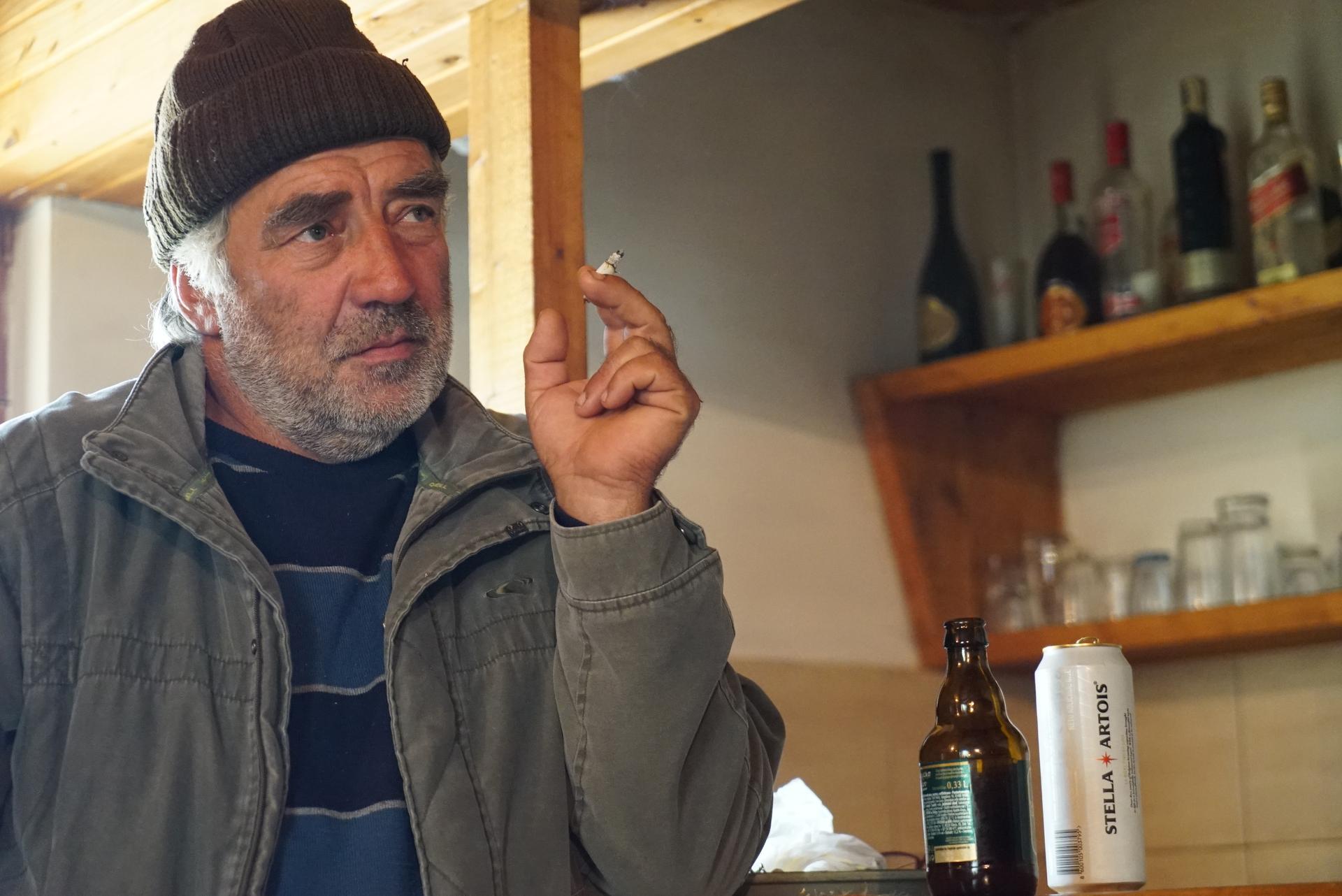
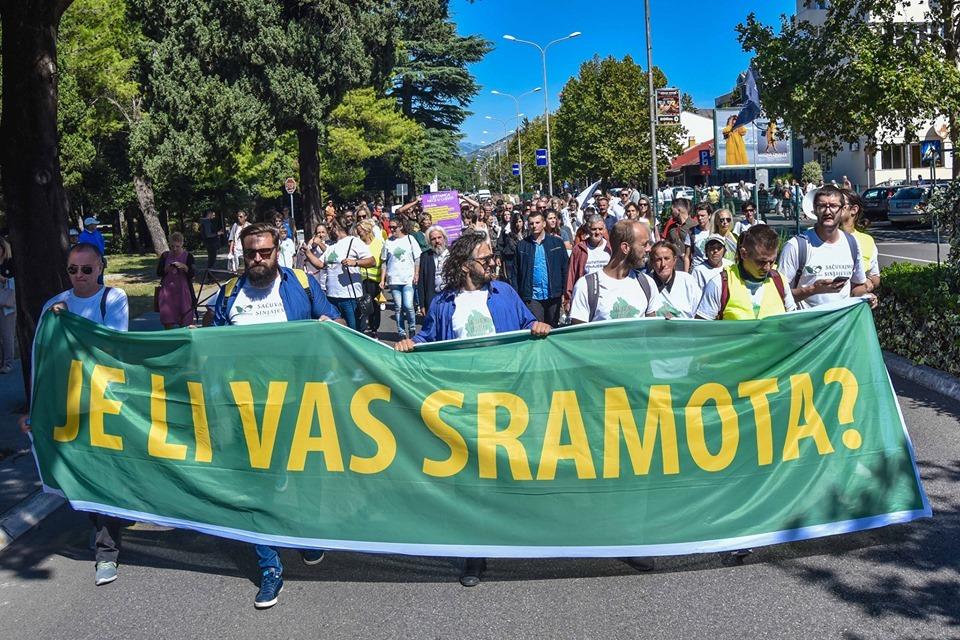
The contract for the small plants that were due to be constructed on the Bukovica River had been granted in 2017 to Hydra MNE, a company with no previous hydropower plant-building experience. The business is part-owned by Milovan Maksimović, the cousin of Milo Đukanović, president of Montenegro. Đukanović’s son is a partial owner of BB Hidro, which has been granted the right to build two other hydro plants.
Small hydropower plant construction has rocketed across Montenegro in the past two years, with contracts given to companies with little prior experience in energy provision. The 14 small hydropower plants already in operation in Montenegro provide just 2.7% of the country’s electricity. There are 55 more in development.
Montenegro’s National Renewable Energy Action Plan estimated that the annual cost of incentives for small hydropower plants would reach $29.5 million by 2020.
Related: China’s dam-building spree disrupts Tibetan communities, threatens sacred sites
Between 2014 and 2018, more than $18.2 million had already been paid in incentives to the six private companies which own 13 small power plants. Funding for the incentives comes from a combination of money from European banks and Montenegrin taxpayers. These companies are required to pay a concession fee to the government, but between 2014-2017, this amounted to just $478,287 between the six companies.
“Hydropower is still seen as a good technology,” explained Dujmović. “And it is a very good income generator for private investors. But if there were no subsidies, these projects would not be profitable, and that is why WWF is campaigning against these subsidies.”
“Hydropower is still seen as a good technology. And it is a very good income generator for private investors. But if there were no subsidies, these projects would not be profitable, and that is why WWF is campaigning against these subsidies.”
Small plants are usually classified as projects that generate less than 10 megawatts (MW) of power. To put that into context, 1 MW equals 1,000 kilowatts. A kilowatt-hour is what shows up on your electricity bill, meaning 1,000 watts are used every hour. The typical American home uses around 7,200 kilowatt-hours of electricity every year.
“Everybody thinks that small hydropower means a small impact,” Dujmović continued. “But the impact is all relevant. Obviously, there are not so many [negatives] as a huge big dam, but those plants provide a lot of electricity. These small plants barely provide anything, and yet they still have this bad effect on the environment.
“We need to start protecting our rivers. There is a lack of love for nature, everything is about using, using, using, and taking.”
“These projects affect livelihoods,” Mileusnic said. “Some … lose access to fishing, to making a profit from tourist activities, or even to drinking water.”
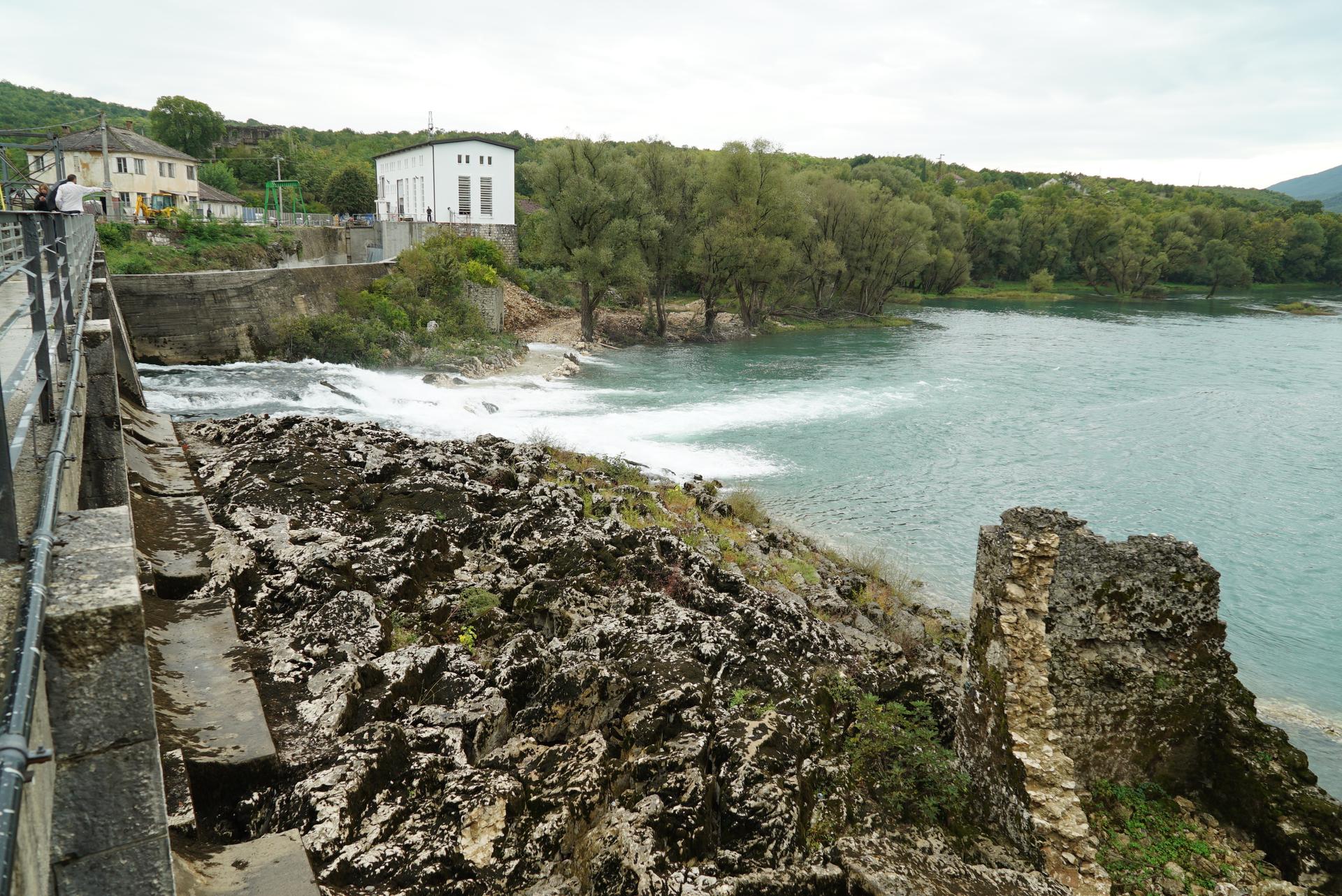
The Balkans countries have received investment from the European Investment Bank (EIB) to finance renewable energy, and much of this investment ends up funding small hydropower.
According to a 2019 report by BankWatch, small hydropower plants across the Western Balkans have benefited from 70% of subsidies designated for renewable energy, while generating just 3.6% of the region’s electricity. In the same report, the watchdog found that the state-sponsored feed-in tariffs that funded the area’s small hydropower plants contradicted EU guidelines on state aid for environmental energy.
The EIB has provided $491 million for 11 hydropower plants since 2005. The bank voted Thursday on a new energy lending policy that will increase funding for renewable energy and stop funding new fossil fuel energy projects by the end of 2021.
Pippa Gallop, a researcher at Bank Watch and co-author of the report, said: “In addition to financing which could be traced to specific plants, the EIB has provided over $24 million to at least 22 small and mini-hydropower plants through commercial banks in the region through financial intermediaries whose final clients could not be traced.
Related: Brazil’s hydro dams could make its greenhouse gas emissions soar
“We know one of these is in Montenegro. Also, the Bistrica-pritoka Ljubovije plant, in southwestern Serbia, was financed by the European Bank for Reconstruction and Development, in which the EU and its member states also own around 60% of the shares.”
In the Balkans, the EIB heavily invests in hydropower.
The EIB is the largest international financier in the Western Balkans, a region that comprises North Macedonia, Montenegro, Serbia, Albania, Kosovo and Bosnia and Herzegovina — a group of countries also known as WB6. In 2017, the bank signed financial contracts totaling $365 million. In July of this year, the WB6 renewed its commitment to transition to green energy and develop renewable energy sources.
A history of coal and hydropower
The region has a long history of coal: More than 70% of the average regional electricity production comes from fossil fuel, although there are exceptions. Albania generates 100% of energy from hydropower, while 60% of Montenegro’s electricity comes from renewables, the majority being hydropower.
The Balkans have a strong historical tie to large-scale hydropower. In the 1970s, then-Yugoslavia, a number of hydropower dams were constructed. Although building hydropower plants of this scale has largely come to a halt, the area is now turning to small hydropower plants, with plans to build nearly 3,000 in the coming years, a third of which falls under protected areas.
Between 2009 and 2018, at least 380 small hydropower plants were built in the Western Balkans, bringing the total from 108 to 488. Due to a lack of regulation, experts estimate there may be many more. Across the Balkans, only 3.6% of energy was produced by small plants.
“It is hard to even map where these small plants are,” Mileusnic said. “There is no central strategy between local municipalities, or across borders. On one river, which flows through Albania into Montenegro, locals have simply watched their water source dry up. They think it is because there is now a diversion on the Albanian side of the river. There is a real need for local government and national government to work together to protect the rivers, and we are focused on initiating that.”
In another community, alongside the lower course of the Cijevna River, the water has run dry. Stagnant puddles and a dusty riverbed is all that remains of the river that once was a source of fishing, swimming and drinking water for the village. Again, locals believe the culprit is a hydropower plant upstream in neighboring Albania.
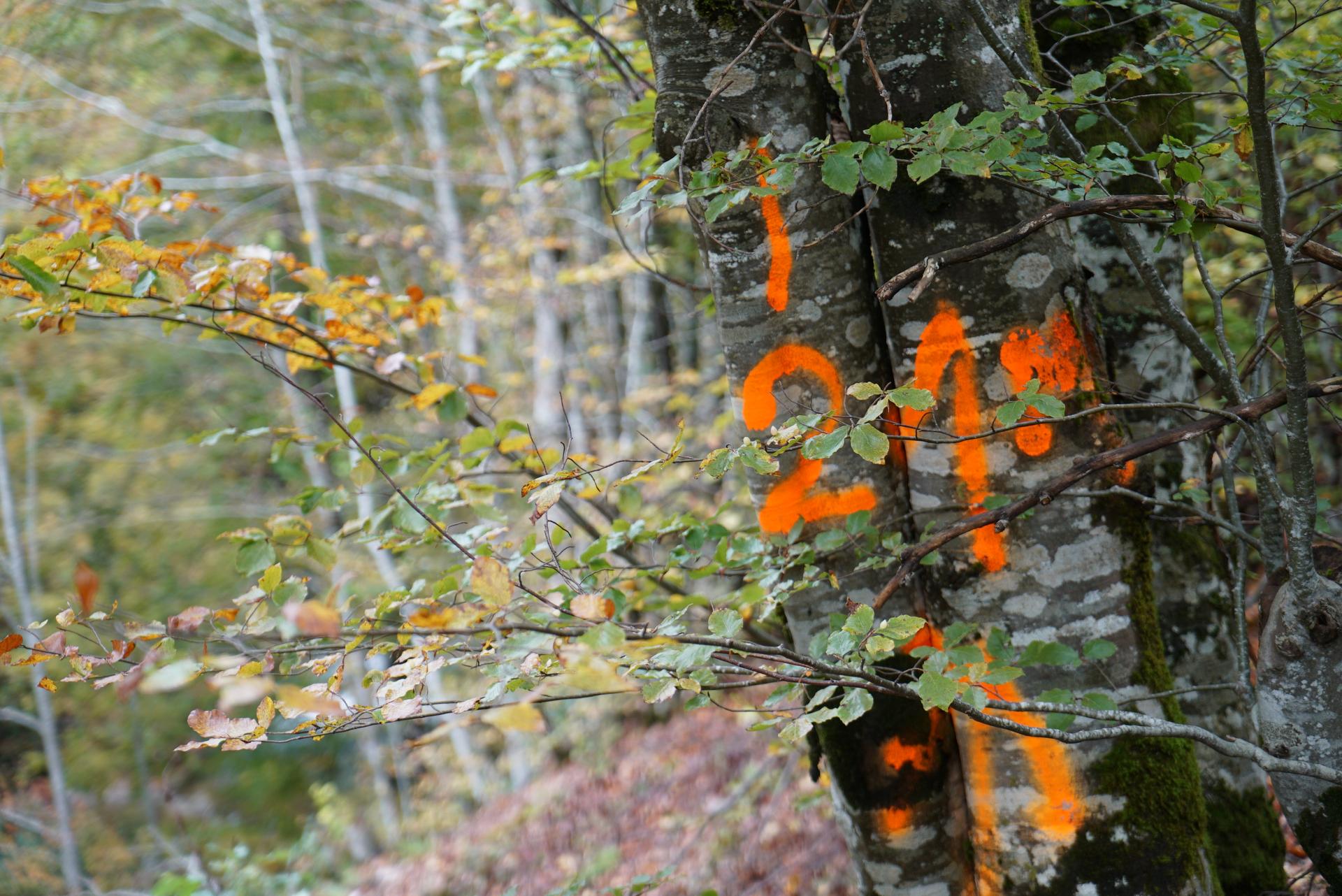
Feed-in tariffs, which offer long-term contracts to renewable energy producers, and incentives have been deployed in the Western Balkans, to accelerate investment in renewable energy. Private companies have capitalized on the concessions offered by governments, which are often funded by the taxpayer and European banks. This, according to Perovic, is particularly evident in small hydropower plants.
Although Montenegro has pledged to gradually fade out feed-in tariffs for renewable energy sources starting in 2020, existing tariff contracts for small plants are still valid for a number of years.
Gallop told The World that the Balkans governments must end hydropower subsidies.
“The public perception of the transition to a sustainable and efficient energy system is being damaged by the perception that renewable energy subsidies benefit the wealthy and fuel environmental damage,” Gallop said. “Introducing more transparent schemes based on auctions and premiums could help ensure affordable and proportionate incentives and support the development of wind and solar.”
Back at the rural lodge, one of the men has finished his cigarette and is heading out to fish. It’s a tradition and a simple pleasure for locals that for now, remains safe. But if small hydropower continues to grow across the region it may soon be a forgotten pastime.
Our coverage reaches millions each week, but only a small fraction of listeners contribute to sustain our program. We still need 224 more people to donate $100 or $10/monthly to unlock our $67,000 match. Will you help us get there today?
